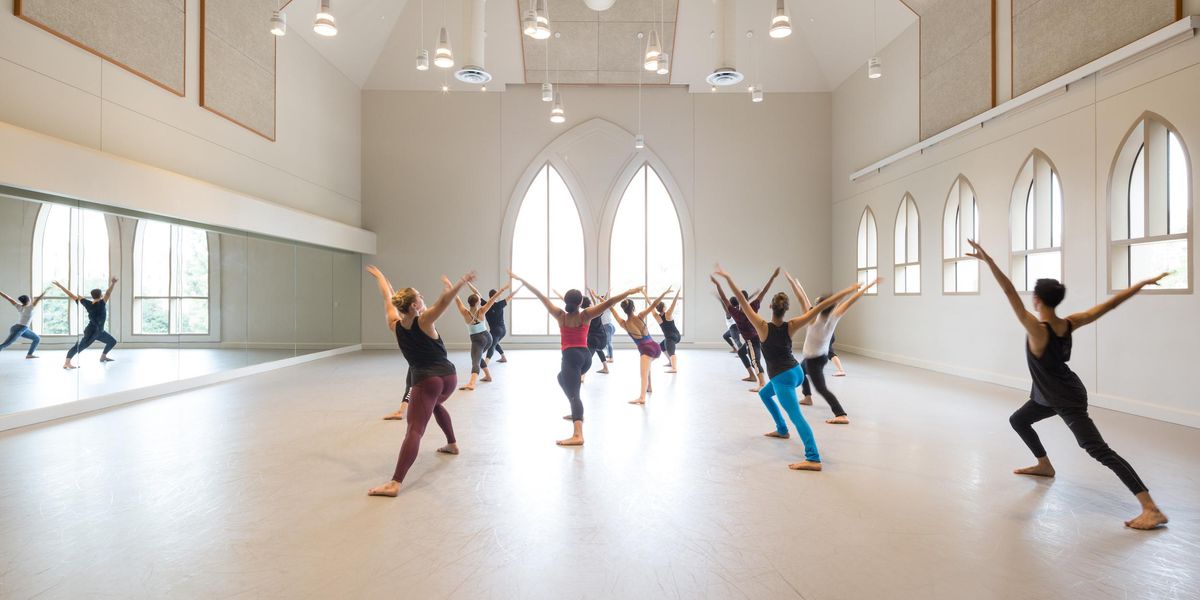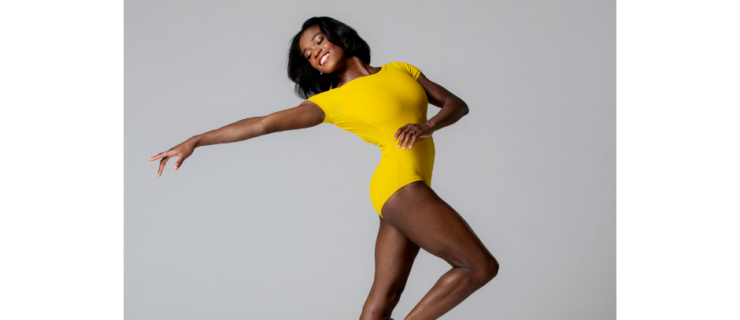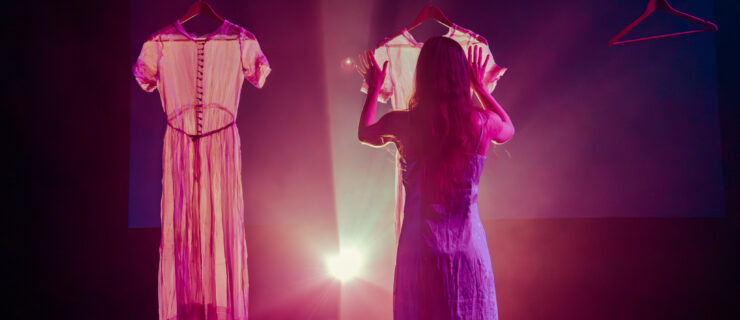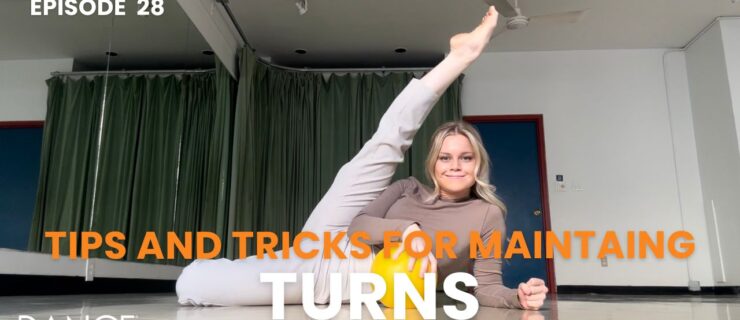The Joffrey Ballet: "Winter Fire"
Auditorium Theatre
Chicago, IL
February 15–26, 2012
Performance reviewed: Feb. 12, evening
With this bold triple bill, the Joffrey reclaims its place as the edgy American ballet company. No, it’s not Robert Joffrey’s sexy, trippy Astarte of 1967. It’s not Tharp’s visionary hybrid Deuce Coupe of 1973. And it’s not the company’s 1987 reconstruction of Nijinsky’s riot-inducing Rite of Spring of 1913.
Instead, this is a gathering of three of the best choreographic minds of the 21st century—nary a Balanchine or Ashton in sight. “Winter Fire” gave us a company premiere by William Forsythe, a U.S. premiere by Wayne McGregor, and a returning favorite by Christopher Wheeldon.
Forsythe’s iconic In the Middle, Somewhat Elevated needs dancers who can declare their presence fearlessly. Originally made for Paris Opéra Ballet in 1987, the ballet infuses precision with defiance. The nine dancers skew ballet positions into pelvis-thrusting tendus and whacked-out grand battements, then saunter offstage with a thrilling toughness. Every duet is pulled—or yanked—off balance. Victoria Jaiani, in the role made for Sylvie Guillem, ate up the space with a ferocity that’s new for this exquisitely delicate ballerina. The men who stood out were newcomer Ricardo Santos and Graham Maverick.
The commissioned score by Thom Willems, with its whooshes and crashes, has the feel of a Cage-influenced sound piece. It’s a sign of Forsythe’s utterly contemporary outlook that he dips into the Cage/Cunningham aesthetic of randomness. Yet the music has a strong beat, adding punch to the already aggressive choreography.
Christine Rocas and Rory Hohenstein in William Forsythe’s
In the Middle, Somewhat Elevated.
McGregor has been influenced by Forsythe and takes his concept of destabilization even further. His dancers seem to coil and uncoil every corner of their bodies. Jutting heads and snaking spines are part of his vocabulary. When the dancers go all out, their frenzied energy seems natural. For Infra, Derrick Agnoletti charged into his opening solo with a springy, sensual gusto. Others who made McGregor’s strangeness sizzle were Christine Rocas, Jeraldine Mendoza, and John Mark Giragosian.
Infra
, which he made for The Royal Ballet in 2008, shows that McGregor can be dramatic as well as kinetically exciting, that his performers can be human as well as creature-like. Julian Opie’s LED-animated figures walk serenely back and forth far above the dancers’ heads. These simple though surreal figures add a pleasant double consciousness. In a moment of convergence, they accumulate to form a whole crowd, just as the stage floor fills with human pedestrians in street clothes.
McGregor turns his inspiration for this piece—the underground bombings in London of 2005—into a private emotional moment for one dancer. On Saturday night, that was Amber Neumann, a brilliant choice because, with her girl-next-door looks, you hardly notice her in the beginning. But her intensity builds so that her little breakdown is believable (though to these eyes, it seemed more motivated by her partner leaving her than an act of terrorism). After she joins the group walking offstage, we get a luscious, unfurling duet danced gorgeously by Jaiani with Rory Hohenstein. By this time, Max Richter’s music has settled into a beautiful, melancholy violin solo.
Rory Hohenstein and Victoria Jaiani in Wayne McGregor’s
Infra.
Sandwiched between these two radical choreographers was Wheeldon’s quiet, sculptural After the Rain (2005). Rarely done in its entirety, the first half, for three couples, seems to be more about shape, whereas the celebrated second half, made for Wendy Whelan and Jock Soto, is more about touch. Here, Rocas shone, giving it a girlish innocence. With more arm flourishes and less spirituality than Whelan, she still made it her own. Her front-of-ship lifts really sailed into the blue. However, her partner, Temur Suluashvili, rarely looked at her. This is not a gooey duet, but the man should be fully responsive to the woman. Suluashvili’s blankness took away from the sense of reverie created by Arvo Pärt’s elegiac music. Some of the hand details were lost, too: when the woman inches her fingertips over his shoulders from behind, or when the man does the “falling leaves” with his hands as his arms drift down. But the pairing of Wheeldon’s spareness with Pärt’s celestial music is divine.
All photos by Herbert Migdoll, courtesy Joffrey Ballet.
At top: Victoria Jaiani and Rory Hohenstein in McGregor’s
Infra.




